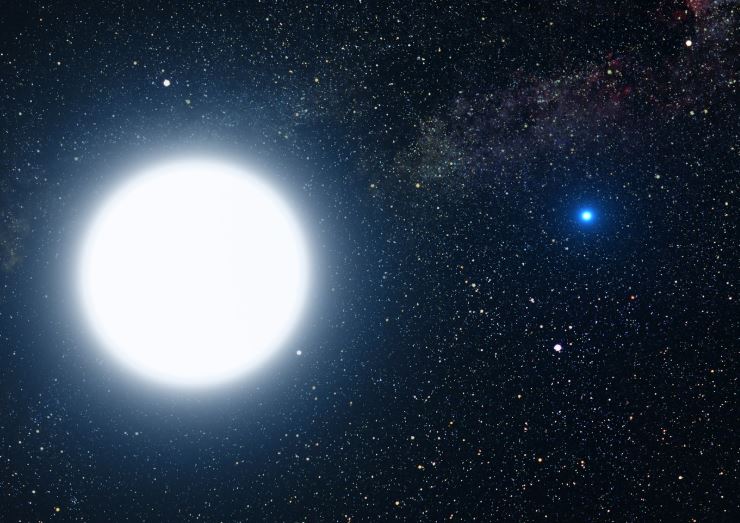The white dwarf star WD 1856+534 is located in the constellation Draco, 82 light-years from Earth and is 5.8 billion years old. In 2020, NASA's TESS satellite along with several ground-based telescopes recorded an object the size of Jupiter orbiting this star with an extremely short period of only 1.4 days.
Recently, a team led by Dr. Mary Anne Limbach of the University of Michigan used the James Webb Space Telescope to confirm that the object — dubbed WD 1856+534b — is indeed a planet. Remarkably, the planet orbits its host star at an incredibly close distance, just 1/30th the distance Mercury is from the sun.
Photo: Pixabay.
According to current astronomical theory, when a low- to medium-mass star like the Sun exhausts its nuclear fuel, it swells into a red giant, then loses its outer layers and leaves behind a dense core called a white dwarf. During this phase, planets within a radius of two astronomical units are usually completely destroyed, forming what is known as the “forbidden zone.”
However, through analysis of signals received from James Webb, scientists have determined that WD 1856+534b has a mass about 5.2 times that of Jupiter and a surface temperature of -52°C. This is considered the coldest exoplanet ever observed in direct light. However, WD 1856+534b is still not the coldest planet ever known. That title currently belongs to the planet OGLE-2005-BLG-390Lb, located near the center of the Milky Way with an extremely low surface temperature of about -223°C.
Researchers believe that WD 1856+534b originally orbited farther out and only entered the “forbidden zone” after its host star had evolved into a white dwarf. It is likely that the planet was pulled into a close orbit by the gravitational influence of another planet or a companion star in a triple star system.
This discovery not only changes current understandings of the survival of planets around white dwarfs, but also opens up new questions about the viability of planetary systems after the death of their host stars.
Bao Ngoc (t/h)
Source: https://doanhnghiepvn.vn/cong-nghe/phat-hien-hanh-tinh-sieu-lanh-song-sot-ky-dieu-trong-vung-cam-quanh-sao-lun-trang/20250514061710666

























































![[Maritime News] Container shipping faces overcapacity that will last until 2028](https://vphoto.vietnam.vn/thumb/402x226/vietnam/resource/IMAGE/2025/7/30/6d35cbc6b0f643fd97f8aa2e9bc87aea)













































Comment (0)